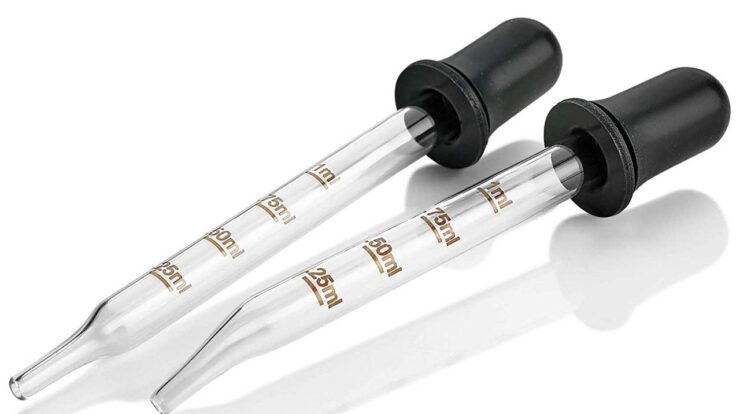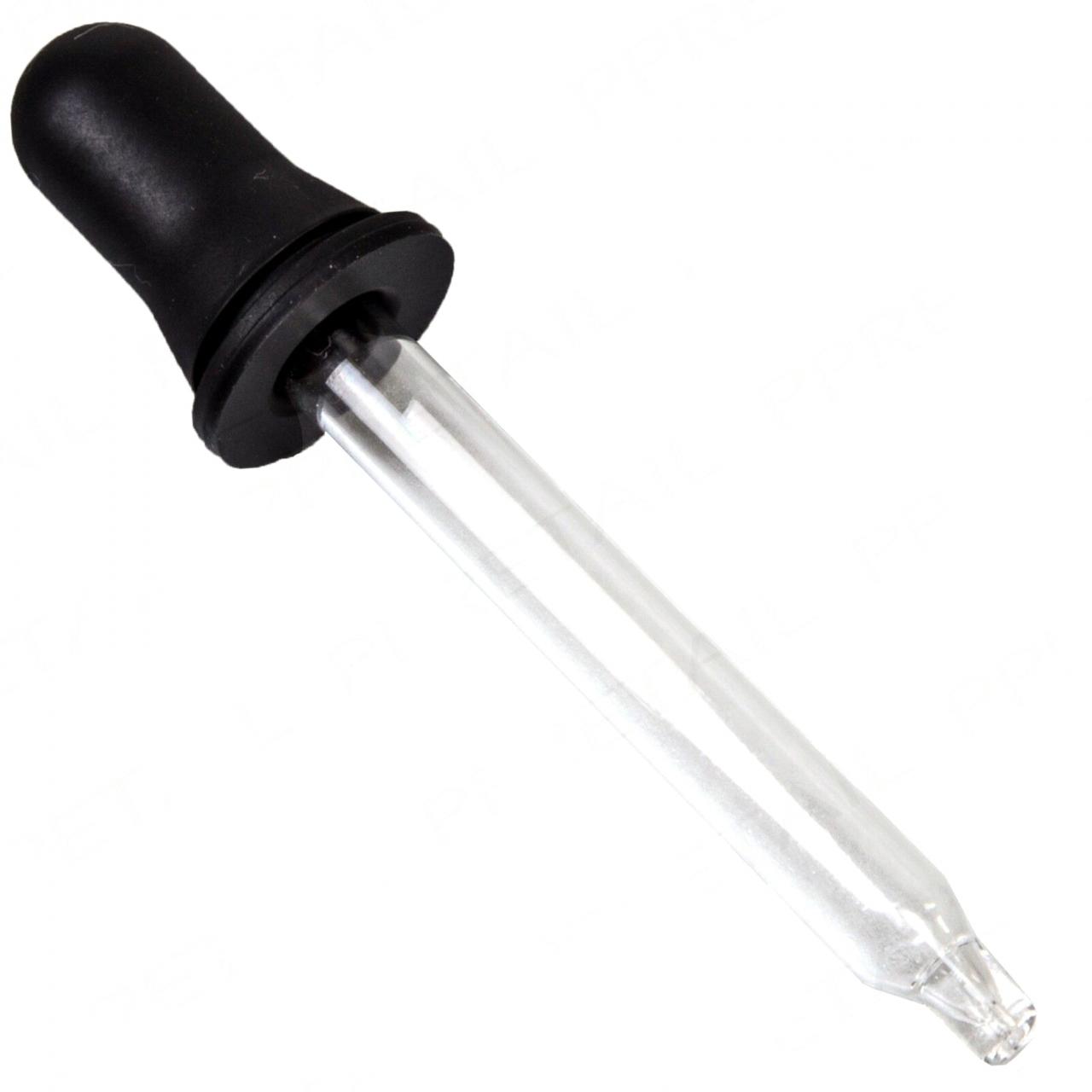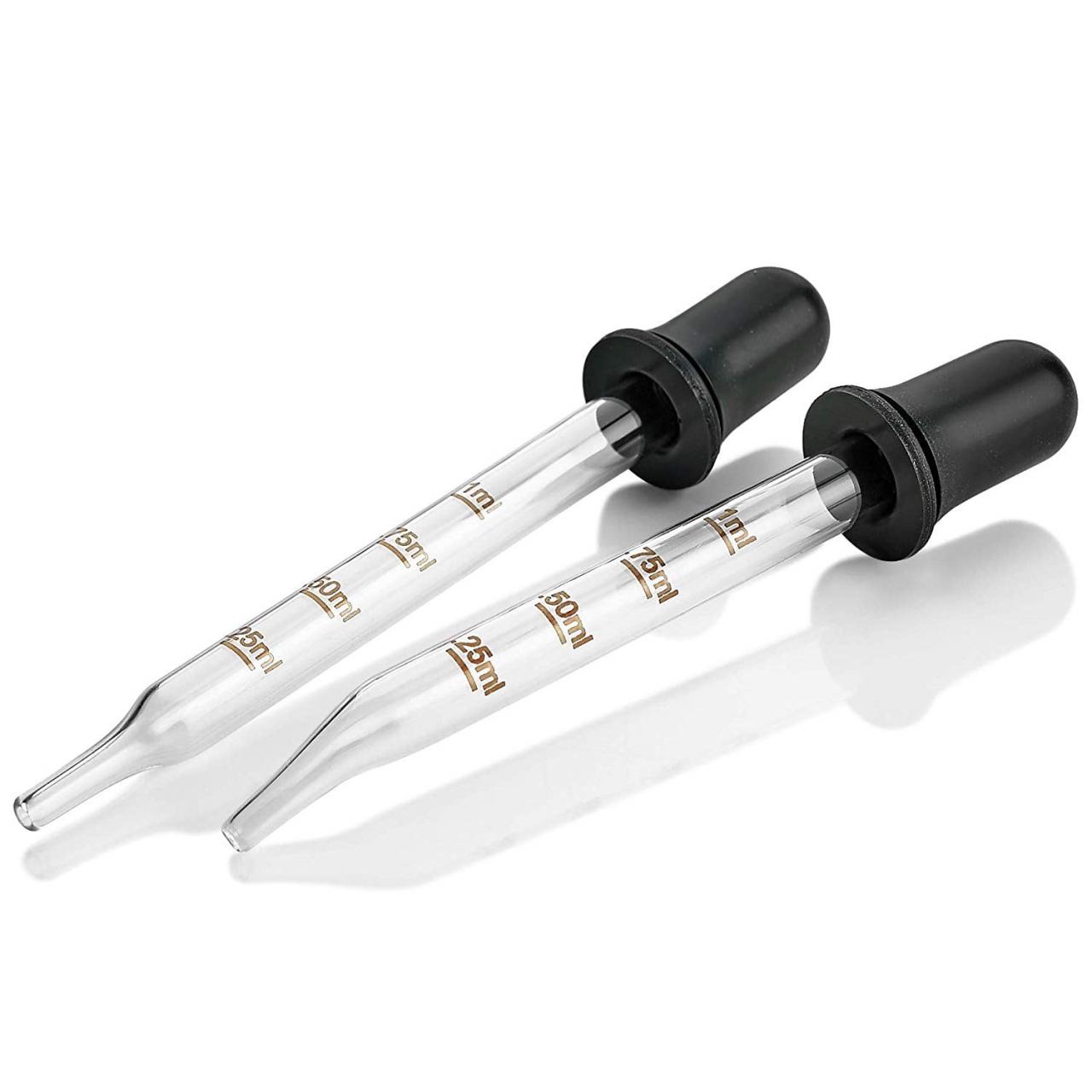
Dropper meaning unveils the multifaceted nature of this indispensable tool, guiding us through its diverse roles in medicine, science, and beyond.
From precise liquid dispensing to artistic expression, droppers leave an enduring mark in various fields.
Dropper Meaning in Different Contexts
The term “dropper” refers to a small device used for dispensing liquids in precise and controlled amounts. It typically consists of a narrow glass or plastic tube with a rubber or silicone bulb attached to one end. Droppers find applications in various fields, including medicine, laboratory work, and even recreational activities, each with its unique purpose and design.
Medical Applications, Dropper meaning
In the medical field, droppers are commonly used to administer liquid medications, such as eye drops, ear drops, and nasal sprays. They provide a precise and controlled method of delivering the medication directly to the affected area, ensuring accurate dosage and minimizing waste.
Laboratory Applications
In laboratory settings, droppers are used for measuring and dispensing small volumes of liquids in experiments and analytical procedures. They enable researchers to accurately transfer liquids from one container to another or add precise amounts of reagents to a reaction mixture.
Recreational Applications
Droppers have also found their way into recreational activities, particularly in the preparation of e-cigarettes. They are used to measure and dispense e-liquids, ensuring a consistent and controlled vaping experience.
Dropper Design and Materials

Droppers come in various designs, but they typically share a common structure: a narrow tube with a bulb attached to one end. The materials used in their construction vary depending on the intended application.
Glass Droppers
Glass droppers are commonly used in medical and laboratory settings due to their inert nature and resistance to chemicals. They provide accurate and precise liquid dispensing, making them ideal for applications where contamination or chemical reactions must be avoided.
Plastic Droppers
Plastic droppers are more economical and widely available than glass droppers. They are lightweight, flexible, and resistant to breakage, making them suitable for general-purpose applications where precision is not critical.
Silicone Droppers
Silicone droppers offer a combination of flexibility and chemical resistance. They are often used in medical applications, such as feeding tubes and catheters, due to their biocompatibility and ability to withstand repeated sterilization.
Dropper Usage and Techniques
Using droppers effectively requires proper technique to ensure accuracy and minimize waste.
Filling the Dropper
To fill the dropper, squeeze the bulb to expel any air. Dip the tip of the dropper into the liquid and release the bulb slowly, allowing the liquid to be drawn into the tube.
Dispensing the Liquid
To dispense the liquid, hold the dropper vertically and gently squeeze the bulb. Control the flow rate by adjusting the pressure applied to the bulb. Avoid touching the tip of the dropper to the target surface to prevent contamination.
Calibrating the Dropper
For precise applications, it is recommended to calibrate the dropper before use. Dispense a known volume of liquid onto a weighing scale and adjust the bulb pressure accordingly to achieve the desired volume.
Dropper Applications
Droppers have a wide range of applications across various fields.
Medical Applications, Dropper meaning
- Administering eye drops, ear drops, and nasal sprays
- Measuring and dispensing liquid medications
- Feeding patients through feeding tubes
Laboratory Applications
- Measuring and dispensing small volumes of liquids in experiments
- Adding reagents to reaction mixtures
- Transferring liquids between containers
Recreational Applications
- Measuring and dispensing e-liquids for vaping
- Creating custom e-liquid blends
- Applying essential oils for aromatherapy
Dropper Safety and Precautions

While droppers are generally safe to use, certain precautions should be taken to minimize risks.
Chemical Exposure
When handling hazardous chemicals, wear appropriate protective gear, such as gloves and safety glasses. Avoid contact between the dropper and skin or eyes.
Spills and Contamination
Clean and disinfect droppers thoroughly after each use to prevent cross-contamination. Avoid touching the tip of the dropper to the target surface to minimize the risk of spills.
Disposal
Dispose of used droppers properly according to local regulations. Glass droppers can be recycled, while plastic droppers should be disposed of in designated waste containers.
Last Word
As we delve into the world of droppers, we uncover their versatility, safety considerations, and the innovative advancements that shape their design and functionality.
Query Resolution: Dropper Meaning
What are the different types of droppers?
Droppers vary in design, including glass, plastic, and disposable options, each tailored to specific applications.
How do I use a dropper accurately?
Hold the dropper vertically, squeeze the bulb gently to draw liquid, and release to dispense drops with controlled flow.
What are the safety precautions for using droppers?
Avoid contact with hazardous substances, dispose of used droppers properly, and follow manufacturer guidelines.